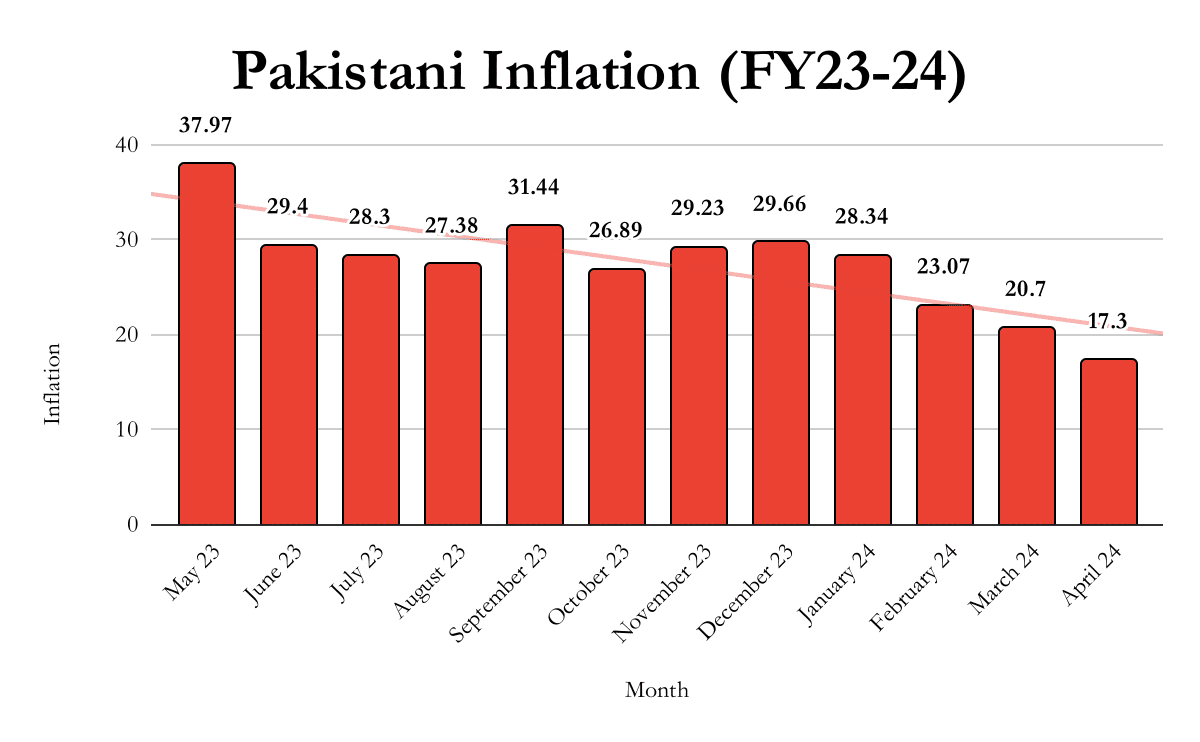Pakistan’s Economy Struggles Under Unsustainable Debt Levels

Pakistan’s economy is facing severe challenges, marked by a staggering $26.7 billion in foreign loans acquired in the last fiscal year. This alarming figure underscores the nation’s increasing reliance on external financial support, with nearly half of these loans being used to refinance existing debts. As the country grapples with a junk-level credit rating, its access to global capital markets remains severely restricted, raising concerns about its economic stability and future financial sustainability.
Pakistan’s Debt Trouble in Numbers
The financial landscape in Pakistan is increasingly precarious, with foreign exchange reserves standing at $14.5 billion as of June. These reserves are largely composed of refinanced loans and new borrowings, highlighting the country’s growing dependence on external lenders. According to a report by the PTI, the fiscal year 2024-25 saw a slight increase in foreign loan disbursements, totaling $26.7 billion. However, only about 13% of this amount, approximately $3.4 billion, was allocated for project financing. This limited investment in development projects indicates significant repayment challenges for the economy, as most foreign borrowings are directed towards covering budgetary needs and bolstering foreign exchange reserves, which do not generate revenue for debt servicing.
The Ministry of Finance has reported that Pakistan’s debt-to-GDP ratio and gross financing requirements have surpassed sustainable levels. When these financing needs exceed 15% of GDP, it signals an unsustainable economic position. Current estimates suggest that Pakistan will remain above this critical threshold for at least the next three years, further complicating its financial recovery efforts.
Who Is Giving Loans to Pakistan?
In the previous fiscal year, the Ministry of Economic Affairs recorded $11.9 billion in federal government accounts, marking an increase of $1.2 billion from the prior year. The International Monetary Fund (IMF) contributed $2.1 billion, while an additional $12.7 billion was secured through cash deposit rollovers from countries including Saudi Arabia, China, the UAE, and Kuwait. Notably, Saudi Arabia holds around $5 billion in cash deposits with the State Bank of Pakistan, which are rolled over annually due to Pakistan’s inability to repay. This reliance on rollover loans raises concerns about the sustainability of the nation’s external financial stability.
China’s involvement includes $4 billion in deposits with an interest rate exceeding 6%, alongside $484 million in guaranteed loans primarily used for asset acquisitions. The UAE has also deposited $3 billion with the Pakistani central bank. Furthermore, the finance ministry secured $4.3 billion in commercial loans, largely comprising refinanced Chinese loans and additional borrowings backed by Asian Development Bank (ADB) guarantees. The ADB alone provided $2.1 billion in new loans, exceeding the budget by $500 million, while the World Bank’s contribution fell short of expectations at $1.7 billion.
Pakistan’s Poor Global Picture
Pakistan’s financial struggles have severely limited its access to international capital markets. The country was unable to secure planned borrowings of $1 billion through Eurobonds and Panda bonds during the last fiscal year. Consequently, the government and central bank have turned to expensive foreign commercial loans, often backed by multilateral guarantees, to bridge the funding gap. The nation’s poor credit rating, categorized as junk, has further excluded it from global capital markets, resulting in high interest rates for commercial loans and cash deposits.
This situation poses significant risks to Pakistan’s economic future, as the high cost of borrowing exacerbates its debt crisis. The reliance on external loans, coupled with a lack of access to more favorable financing options, raises serious questions about the country’s ability to stabilize its economy and meet its financial obligations in the coming years.
Observer Voice is the one stop site for National, International news, Sports, Editor’s Choice, Art/culture contents, Quotes and much more. We also cover historical contents. Historical contents includes World History, Indian History, and what happened today. The website also covers Entertainment across the India and World.

